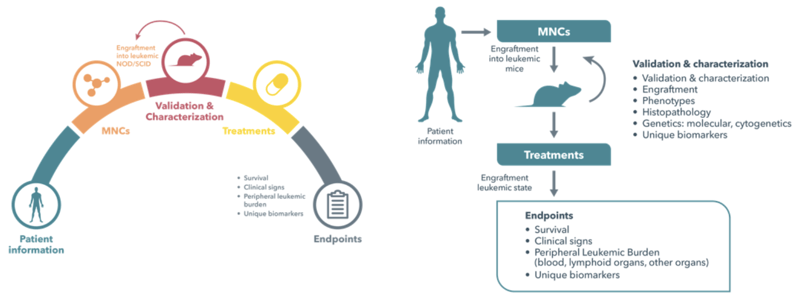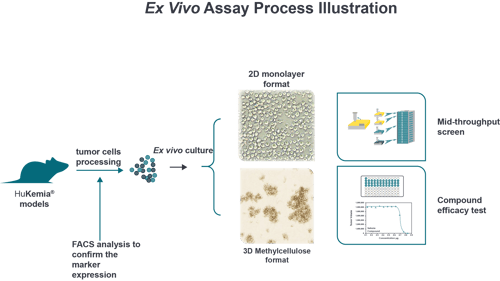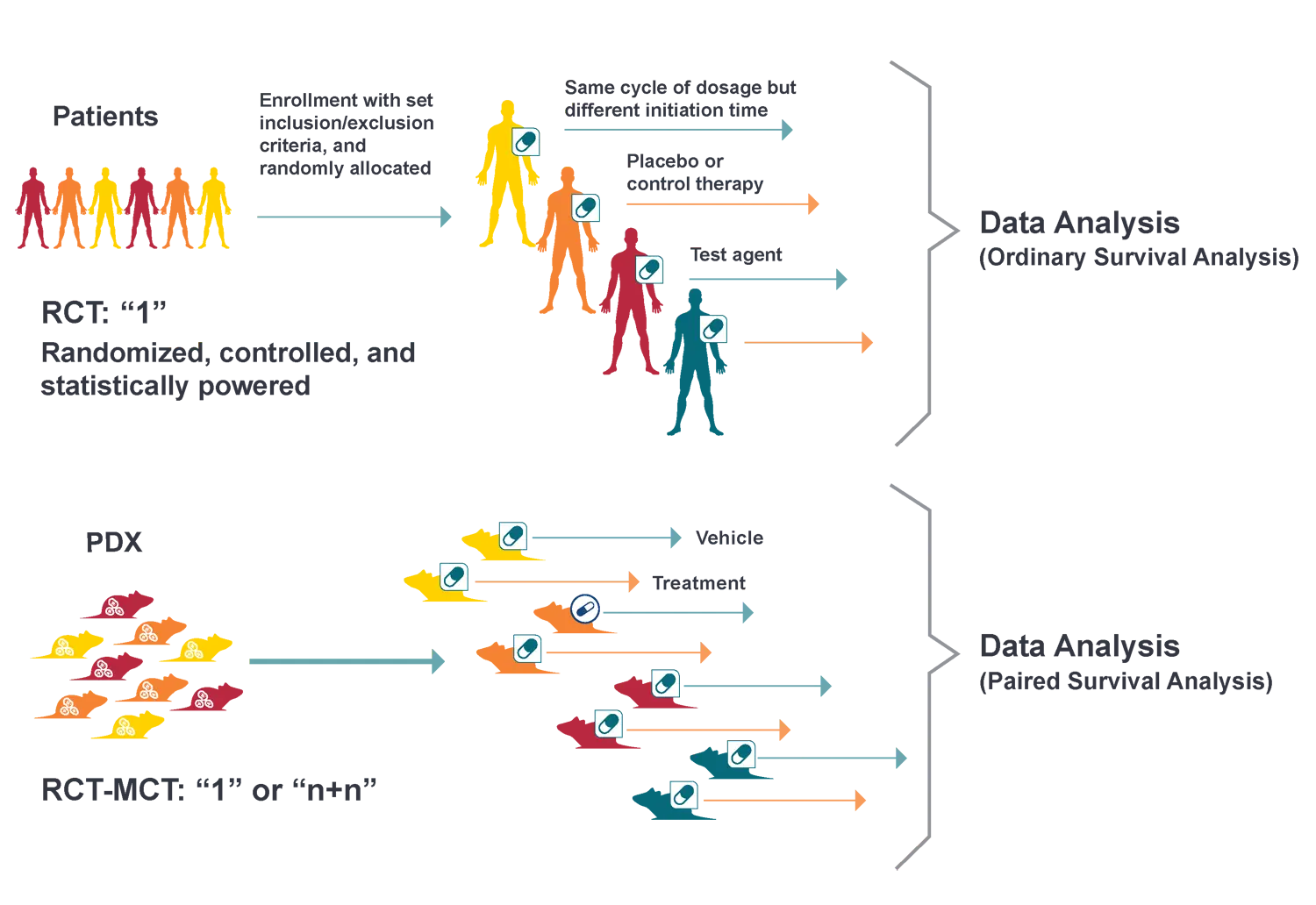- Services
- Therapeutic Areas
- Model Systems
- In Vitro
- In Vivo
- Technologies
- Service Type
- About Us
- Our Science
- Start Your Study Now

Patient-derived xenografts - PDX offer the most translational preclinical model for efficacy screening in cancer drug development. Derived directly from patient tumors and never adapted to grow in vitro, PDX models reflect the heterogeneity and diversity of the human patient population.
PDX give you an accurate, predictive model of how your treatment will perform, well before entering into expensive clinical trials.
Our HuPrime® PDX collection, with over 2500 well-characterized PDX models, supports translational preclinical oncology research into over thirty human cancer types – including rare indications and highly-specific molecular targets.
Evaluate blood cancer therapeutic candidates with validated, stable, truly patient representative leukemia models.
HuKemia is Crown Bioscience’s collection of validated blood cancer PDX models, fully annotated with patient information, diagnosis, and clinical treatments. These models have been fully quality controlled by our pathologists and are available with genotyping and phenotyping data.
Crown Bioscience’s validated and well-characterized HuKemia models provide many advantages:


Extensive characterization data in our searchable PDX model database, HuBase™, include: RNAseq of over 1,500 models, whole exome sequencing of over 680 models, histology, growth kinetics, and SoC and investigative treatment data.
Over 95% of new drugs fail Phase II and Phase III clinical trials due to a lack of efficacy and biomarker discovery. Our Translational Oncology Platforms reduce these attrition rates while improving the efficiency of oncology drug development and lowering your developmental costs.
We provide a preclinical Translational Oncology Technology Platform using the largest HuPrime and HuKemia collection. These are highly characterized and predictive. Ideally used in a Mouse Clinical Trial to identify and understand which patients will benefit from your treatment before you enter the clinic.
Within a HuTrial, each subject reflects the pathology of its original patient, behaving as a patient avatar. The whole cohort of patient avatars represents the diversity of the human patient population.

© 2024 Crown Bioscience. All Rights Reserved.


© 2024 Crown Bioscience. All Rights Reserved. Privacy Policy
2024-04-23
2022-11-29
site_page
In Vivo